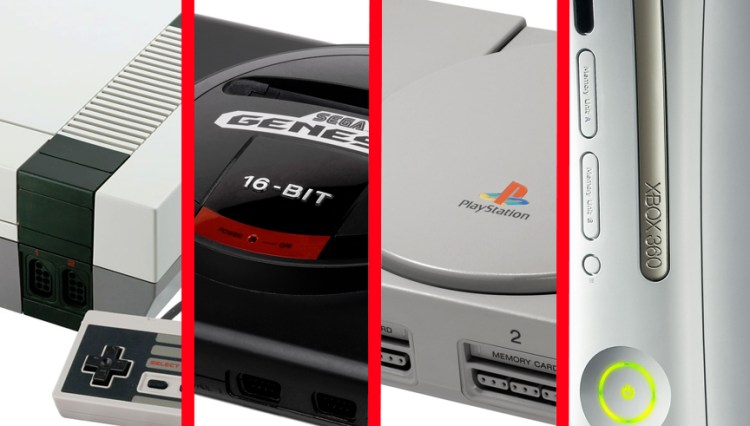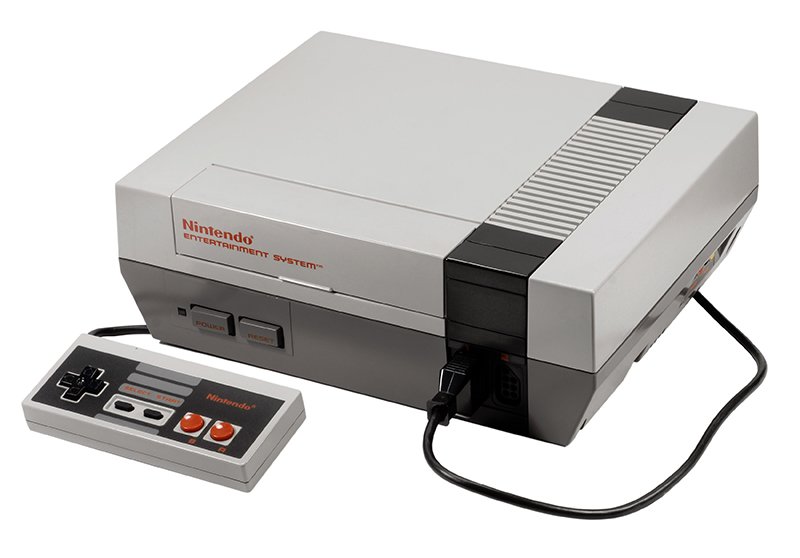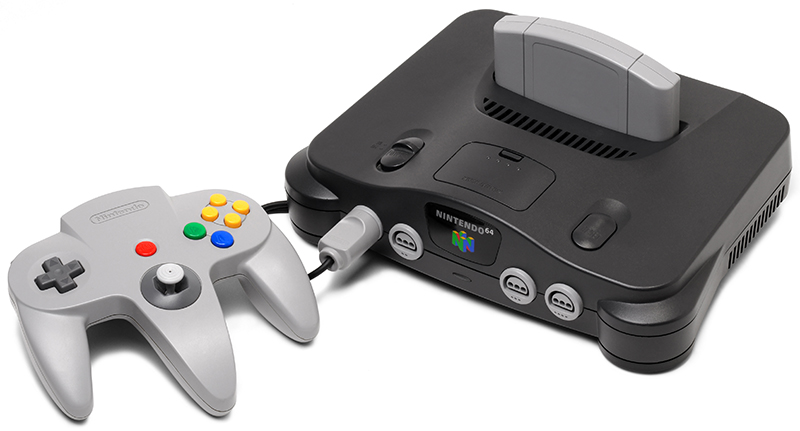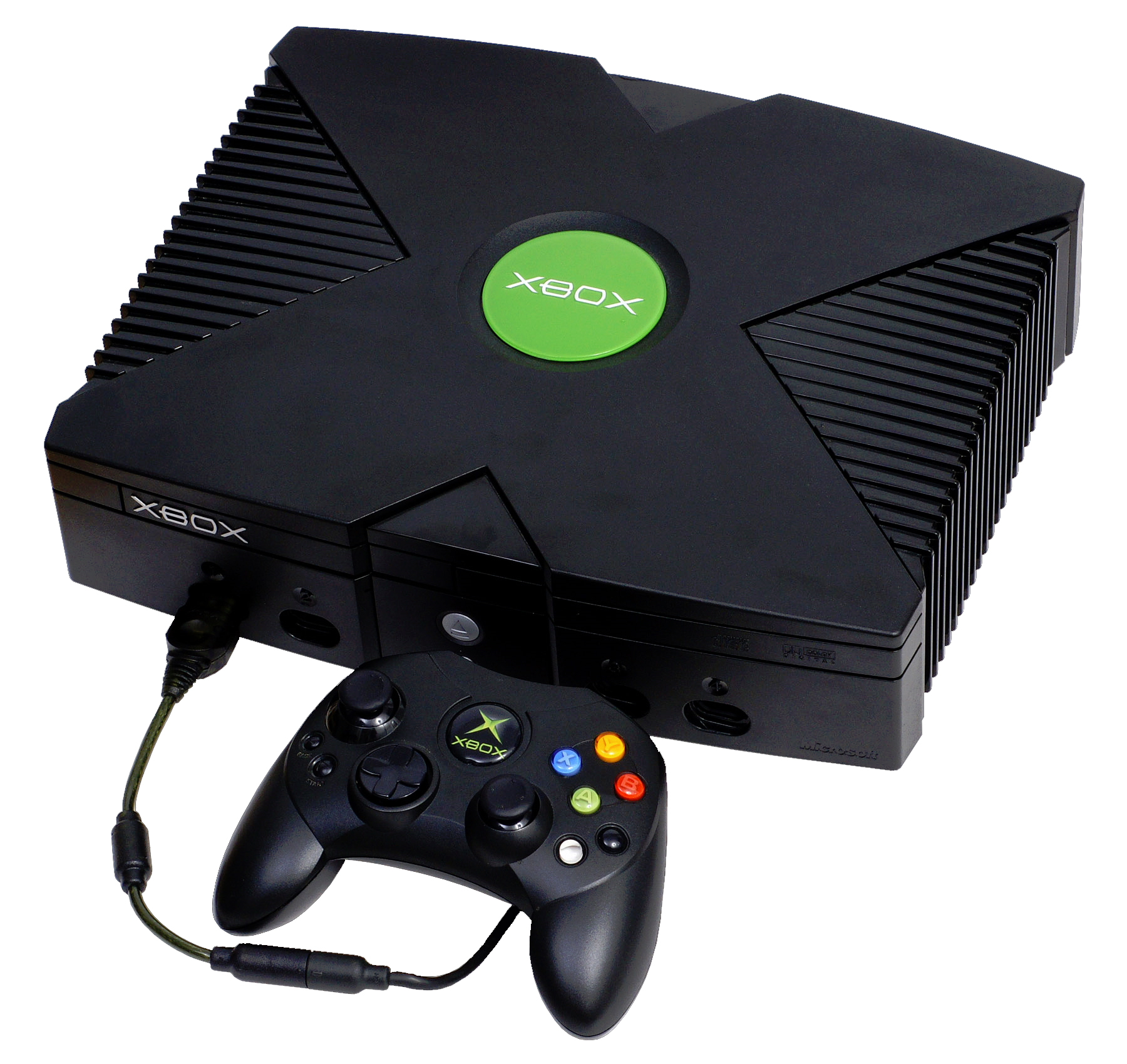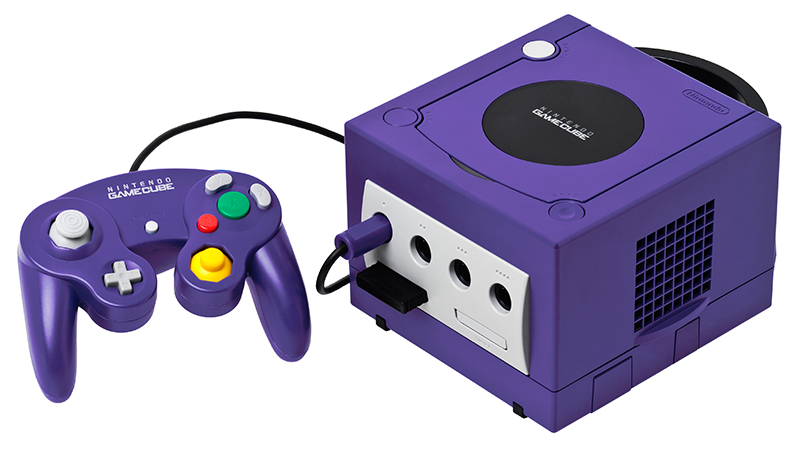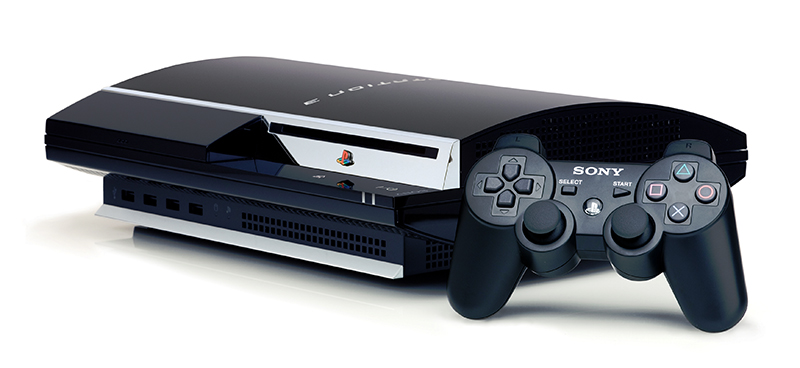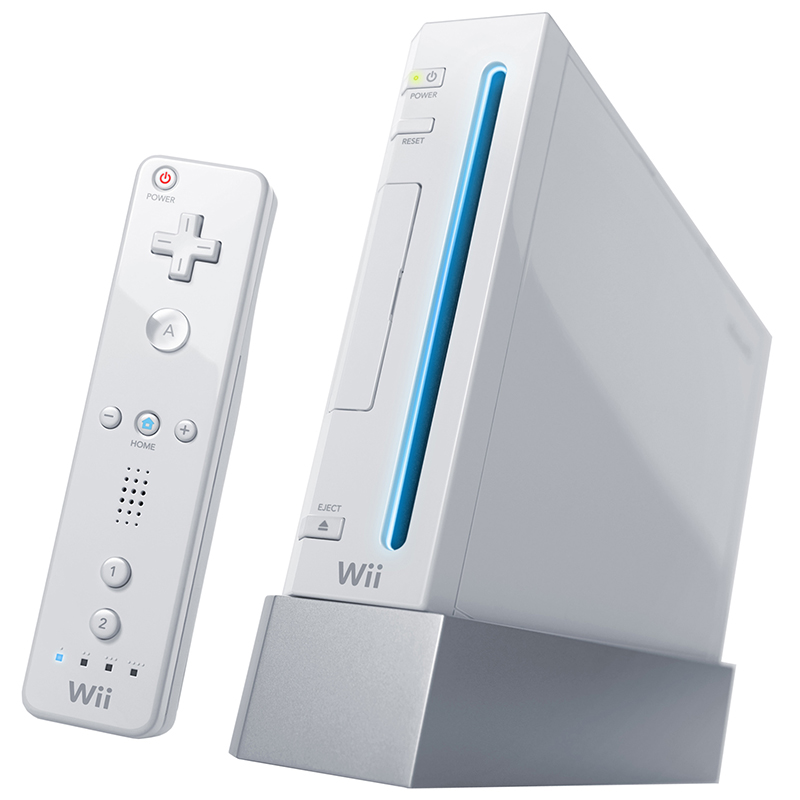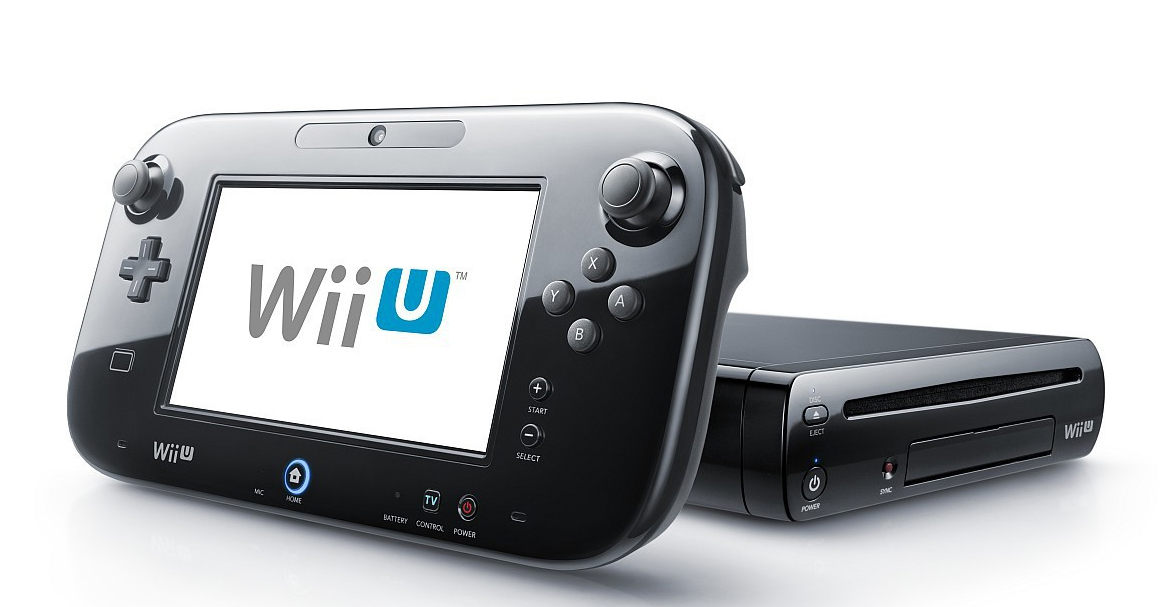We’ve just experienced a couple of big console launches this year with the PlayStation 4 and Xbox One. A lot goes into releasing a major system; you have to pick the right price, the perfect date, and a lineup of attractive launch titles.
Of course, Sony and Microsoft have a lot of history they can look back on for a little guidance. They and other companies, notably Sega and Nintendo, have worked on the art of the console launch for almost 30 years, and we’ve come a long way from limited-market releases that always came with at least one free game.
You can see this evolution for yourself. Below, we’ve looked back at every major console release, starting with the Nintendo Entertainment System and working all the way up to the recent Xbox One. Note that all of our data is from the U.S. launches, and we’re only including systems that saw a degree of success in that territory (sorry, 3DO fans).
At the end, you’ll find a poll listing each console detailed in the story, so you can vote for the one that you think had the best launch.
Now, let’s get started. We have a long trip through history ahead of us.
Nintendo Entertainment System
Launch date: October 18, 1985
Launch price: $199 for the Control Deck (contained the system, two controllers, and Super Mario Bros.) and $249 for the Deluxe Set (contained the system, two controllers, the R.O.B. accessory, the gun-like Zapper controller, Duck Hunt, and Gyroscope)
The story: Despite first showing up in Japan on July 15, 1983, the U.S. didn’t see the Nintendo Entertainment system until late into 1985, and even then, only a fraction of the country actually got its hands on one. That’s because Nintendo originally only released about 100,000 units of the console in New York City as a test market. Nintendo added more test markets throughout 1987, including Los Angeles, Chicago, and San Francisco. The NES finally launched nationally that September.
Notable launch games:
- Super Mario Bros.: Easily one of the most famous launch games ever, Super Mario Bros. sold over 40 million copies, making it one of the most successful titles in the history of the industry. Not bad for a little adventure starring two portly plumbers jumping on turtles and sliding down pipes.
- Duck Hunt: Duck Hunt was a showpiece for the NES’ Zapper accessory, a gun-shaped controller that allowed players to aim and shoot at their TV. The name pretty much says it all; you hunted ducks as they flew around the screen in unpredictable, erratic patterns. However, most players better remember the dog who mercilessly mocked your misses than the scores of ducks they shot down.
Did you know?
Atari, the manufacturer best known for the Atari 2600 console that was famous in the late ’70s and early ’80s, negotiated with Nintendo to release the Famicom (the Japanese name of the Nintendo Entertainment System) in the U.S. in 1983. That deal never came to fruition, causing Nintendo to release and market the NES on its own.
Sega Genesis
Launch date: August 14, 1989
Launch price: $189 (came with system, a controller, and Altered Beast)
The story: Sega originally launched the Genesis in Japan in late 1988 (named the Mega Drive there), where the 16-bit system was having a hard time competing with the popular Famicom and PC-Engine (known as the TurboGrafx-16 in the U.S., where it never saw much success). Similar to the NES, the U.S. launch of the Genesis originally started in New York City on August 14, 1989, with a national release on September 15.
The Genesis originally had trouble making an impact in a U.S. market dominated by the Nintendo Entertainment System. Things turned around when Sega replaced the original pack-in game, Altered Beast, with a new mascot-based platformer, Sonic the Hedgehog, in 1991.
Notable launch games:
- Altered Beast: Altered Beast was already a popular beat-em up arcade game before the Genesis’ launch, so Sega packaged this console port with the original bundle of its new system to show off its ability to replicate arcade-style graphics. The game featured a beefy fighter punching and kicking monsters in ancient Greece while collecting power-ups that eventually turn him into a powerful werewolf.
- Golden Axe: Golden Axe was another arcade beat-em up ported for the Genesis’ launch. Two players could fight monsters across a fantasy setting while occasionally riding beasts like dragons. Players could also fill the screen with powerful, magical attacks that got stronger depending on how many potions you had saved.
Did you know?
Just like Nintendo, Sega reached out to Atari to see if it would market its 16-bit system. Negotiations never got as far as Nintendo’s, though. Atari decided to focus its attention on its own Atari ST computer system. Again, like Nintendo, Sega decided to market the U.S. release of the Genesis itself.
Super Nintendo Entertainment System
Launch date: August 23, 1991
Launch price: $199 (came with two controllers and Super Mario World)
The story: Sega had successfully marketed its Genesis system as the hipper alteamously stating in ads that “Genesis does what Nintendon’t.” Nintendo quickly countered with a 16-bit system of its own, the Super Nintendo Entertainment System (most often simply called the Super Nintendo or SNES). Remembering how successful the Control Deck bundle of the NES was, which came with Super Mario Bros., Nintendo packaged a copy of Mario’s newest platformer, Super Mario World, with every console at launch.
Notable launch games:
- Super Mario World: Super Mario World proved a perfect showcase for the Super Nintendo’s ability to run colorful, detailed games (at least when compared to the simplistic NES). It also featured the first appearance of Yoshi, Mario’s famous dinosaur steed with an appetite for just about anything. Super Mario World has an average review score of 94.44% according to aggregate site GameRankings.
- F-Zero: It’s hard to imagine a time when Nintendo didn’t have Mario Kart around to tout as its premier racing series, but the genre was relatively new to the Japanese gaming giant in 1991. F-Zero featured a futuristic setting that showed off the Super Nintendo’s Mode 7 graphical capabilities, which allowed a flat background layer to quickly scroll across the screen and simulate depth. F-Zero has an average score of 82.83% on GameRankings.
Did you know?
Wonder why the SNES had such a curved top, especially when compared to the flat surface of the NES? That’s because Nintendo was sick of gamers resting their drinks on the system, which often led to spilling and damage of the console.
Sega Saturn
Launch date: May 11, 1995
Launch price: $399
The story: Sega tried to prolong the life of the Genesis as long as it could with add-on hardware like the disk-based Sega CD and top-loaded 32X, but neither really caught on. The Saturn was finally set to succeed the aging Genesis on September 2, 1995. However, Sega surprised everyone when they announced at the first Electronic Entertainment Expo on May 11, 1995 that its new system was available immediately, but only at Toys “R” Us, Babbage’s, Software Etc., and Electronics Boutique.
Notable launch games:
- Panzer Dragoon: Panzer Dragoon dazzled gamers back in 1995 with its 3D graphics and epic levels experienced on the back of a flying dragon. It even spawned two sequels on the Saturn, Panzer Dragoon II Zwei in 1996 and Panzer Dragoon Saga in 1998. The original has an average review score of 90.92% according to GameRankings.
- Virtua Fighter: Just like Altered Beast showed consumers the Genesis’ ability to play arcade-quality titles, Virtua Fighter replicated the then state-of-the-art 3D graphics of Sega’s popular fighter from the arcades. An updated version of the game, Virtua Fighter Remix, featured a higher polygon count and was later mailed to every registered Saturn owner in the U.S. for free. The original Saturn release of Virtua Fighter has an average review score of 89.57% according to GameRankings.
Did you know?
Sega started to publicly talk about its next system, eventually known as the Dreamcast, just two years after the struggling Saturn debuted. This early reveal of a successor caused bad Saturn sales to get even worse.
Sony PlayStation
Launch date: September 9, 1995
Launch price: $299 (came with a demo disk)
The story: Sega released the Saturn early in hopes of getting a head start on its new competition, Sony. The electronics giant was about to release its first system, the PlayStation. At the same Electronic Entertainment Expo where Sega announced that the Saturn was out months before its planned September 2, 1995 release date, Sony unveiled that the PlayStation would be $100 cheaper than Sega’s console. It didn’t take the PlayStation too long after its September 9, 1995 release date to overcome the Saturn’s lifetime sales.
Notable launch games:
- Battle Arena Toshinden: The Saturn may have had Virtua Fighter, but the PlayStation had Battle Arena Toshinden. The 3D fighter featured weapons-based battles before the Soul Edge/Calibur series ever debuted. Battle Arena Toshinden has an average review score of 85% according to GameRankings.
- Ridge Racer: It’s Ridge Racer! Ridgeeeee Racerrrrrr. Long before the series became a meme, Ridge Racer was the premier racing franchise on the PlayStation. The first one debuted with Sony’s first system and showed off the PlayStation’s ability to render 3D environments. Ridge Racer has an average review score of 81% according to GameRankings.
Did you know?
Sony was originally helping Nintendo make a CD add-on for the Super Nintendo. Nintendo eventually backed out of the project, but Sony decided to release the device as a standalone system anyway, giving birth to the original PlayStation.
Nintendo 64
Launch date: September 29, 1996
Launch price: $199
The story: With Sony and Sega releasing new systems, Nintendo knew it had to make a successor to the Super Nintendo Entertainment System. The new console featured a 64-bit central processing unit, compared to the 32-bits the Saturn and PlayStation boasted. Nintendo touted this feature so much, it named the new console the Nintendo 64. And while Sega and Sony’s machines ran games off of CDs, Nintendo was sticking with cartridges. The Nintendo 64 launched a year after the PlayStation on September 29, 1996.
Notable launch games:
- Super Mario 64: At this point, Nintendo knew that good things happened when it launched a new Mario game with new hardware. Super Mario 64 was one of the first 3D platformers, allowing players to explore large, non-linear levels with 360 degrees of movement control. Fans and critics consider Super Mario 64 a classic and one of the best games to ever launch with a system. It has an average review score of 96.42 on GameRankings to back that claim up.
- Pilotwings 64: OK, so maybe Pilotwings 64 is on here by default. It was the only other game to launch with the Nintendo 64 besides Super Mario 64. Still, it was a great title in its own right. A followup to Pilotwings on the Super Nintendo, the sequel also had players fly jet packs, gliders, and airplanes through a series of obstacles. You could also freely explore the island where all of this action took place. Pilotwings 64 has an average review score of 87.52% according to GameRankings.
Did you know?
Nintendo was originally going to name the Nintendo 64 the Ultra 64, and two arcade games planned for eventual release on the system, Killer Instinct and Cruis’n USA, actually showed Ultra 64 logos during their idle screens.
Sega Dreamcast
Launch date: September 9, 1999
Launch price: $199
The story: After a string of disappointing hardware, Sega was hoping to make a comeback with the Dreamcast. The new system boasted noticeably better graphics than the PlayStation and Nintendo 64, and cost a reasonable $199 on its September 1999 launch. Sadly, despite an initially strong launch, the Dreamcast could not compete with the PlayStation 2 once it came out in 2000. Sega later became a 3rd-party developer, making the Dreamcast the last Sega system you’ll see on this list.
Notable launch games:
- Sonic Adventure: Despite the success and popularity of Super Mario 64, the plumber’s greatest rival, Sonic, never had a 3D adventure of his own on the Saturn. Sega made an attempt with Sonic X-treme, but that project was eventually cancelled. Sonic instead made his 3D debut alongside the Dreamcast with Sonic Adventure, a speedy platformer that featured Sonic and friends battling Dr. Eggman in a more realistic setting. Sonic Adventure has an average review rating of 86.51 according to GameRankings.
- Soulcalibur: A port of the 3D, weapons-based fighter originally released in arcades, Soulcalibur on the Dreamcast actually featured graphics better than the original arcade version. It’s not just considered one of the greatest fighters of all time; with a Metacritic score of 98, Soulcalibur is one of the best-reviewed video games ever.
Did you know?
One of the Dreamcast’s biggest games, the open-world Shenmue, was the most expensive game ever made for its time, with a budget of $47 million. Today, Grand Theft Auto V holds that title with a production budget of $265 million.
PlayStation 2
Launch date: October 26, 2000
Launch price: $299
The story: The PlayStation 2 launched a year after the Dreamcast and quickly surpassed its competition. The PS2 was the first gaming console that could play DVDs, still a relatively new format back in 2000. At $299, the PS2 was a relatively cheap DVD player, especially considering it doubled as a gaming device. It was also one of the first systems to feature backwards compatibility, meaning every PS2 could play games for the original PlayStation.
Notable launch games:
- SSX: Although technically coming out four days after the PS2’s launch, SSX was still close enough for most to consider it a launch title. SSX was a snowboarding game that focused on tricks and racing, abandoning any sense of realism in favor of arcade-style fun. SSX has a Metacritic score of 93.
- TimeSplitters: TimeSplitters was a first-person shooter made by several developers who previously worked on popular Nintendo 64 shooters GoldenEye and Perfect Dark. Similar to those games, TimeSplitters featured a competitive multiplayer mode that allowed up to four players to shoot each other in split-screen action. TimeSplitters has a Metacritic score of 81.
Did you know?
With over 155 million units sold worldwide, the PlayStation 2 is the best-selling gaming console ever. By comparison, the PlayStation 3 has sold a little over 77 million units worldwide as of May 2013, according to VGChartz.
Microsoft Xbox
Launch date: November 15, 2001
Launch price: $299
The story: Computer giant Microsoft was looking to get into the video game console market, and the original Xbox was the result. The system had much more in common with PCs of the time than its competitors. Not only were much of its innards similar to PC hardware, but it was the first console to include a hard drive, negating the need for memory cards for storing save data. The Xbox launched on November 15, 2001, a little more than a year after the PS2 and just three days before the Nintendo GameCube.
Notable launch games:
- Halo: Combat Evolved: Few first-persons shooters proved successful on consoles, but Halo popularized a twin-stick control scheme that modern shooters still adhere to today. Halo featured a unique sci-fi setting on a ring-shaped world, and players were lugging their Xbox’s around to connect with friends and host giant LAN parties. Halo’s high 97 Metacritic score cements it as one of the most successful launch games ever.
- Dead or Alive 3: Although most gamers today probably picture embarassingly-jiggly, under-clad women when they hear the name Dead or Alive, the third installment in the fighting game series proved a great graphical showpiece for the new Xbox. It was also one of the best reviewed titles at launch, with a Metacritic score of 87.
Did you know?
The Xbox got its name because Microsoft’s graphics techology Direct X team created the first prototype. It named its Windows-based system the DirectX Box, later shortened to just Xbox.
Nintendo GameCube
Launch date: November 18, 2001
Launch price: $199
The story: While its competitors Sony and Microsoft were moving towards more “grown up” consoles with slicker, darker designs, Nintendo decided to promote its next system, the GameCube, as a “fun machine.” The GameCube originally came in a bright, purple color and featured a handle on the back, causing many to note its resemblance to a lunch box. Nintendo also finally got rid of cartridges for disks, although ones smaller than normal DVDs via the miniDVD format. The Gamecube was also the first Nintendo system to launch in the U.S. without a Mario game, although his brother Luigi starred in his own title, Luigi’s Mansion, for the launch.
Notable launch games:
- Star Wars Rogue Leader: Rouge Squadron II: The original Rogue Squadron was a popular flight-base shooter for the Nintendo 64 that let players take control of some of the most popular spaceships from Star Wars. The sequel featured a similar concept, but had much better graphics thanks to the GameCube’s improved hardware. Rogue Leader has a Metacritic score of 90.
- Super Monkey Ball: It was hard for many to believe that Sega, Nintendo’s old rival, would release a game for the GameCube’s launch, let alone a bizarre thing where players had to tilt large platforms so monkeys trapped in glass balls could collect bananas. Still, Super Monkey Ball was a colorful, addicting bit of nonsense that also featured four-player minigames perfect for parties. It has a Metacritic score of 87.
Did you know?
The GameCube’s original codename was Dolphin. Coincidentally, water-based games appeared often during the GameCube’s life. Wave Race: Blue Storm was a jet ski racer released at launch, and two of Nintendo’s biggest franchises, Zelda and Mario, had water-themed games for the system. Super Mario Sunshine gave Mario a backpack that could store and shoot water, and The Legend of Zelda: The Wind Waker took place on a massive ocean that players had to sail across.
Xbox 360
Launch date: November 22, 2005
Launch price: $399 for the regular bundle (came with a 20GB hard drive) and $299 for the Core bundle (came with no internal storage)
The story: The original Xbox never came close to matching the PlayStation 2’s massive sales success, so Microsoft didn’t wait long before making a successor. Officially introduced via an MTV special on May 12, 2005, less than four years after the launch of the original, the Xbox 360 boasted better graphics, a greater emphasis on online features, and a slick new console that Microsoft most often showed standing vertically in promotional materials.
Notable launch games:
- Call of Duty 2: Microsoft promoted Perfect Dark Zero as the Xbox 360’s premier shooter and launch game, but Call of Duty 2 ended up getting a lot more attention (and about a hundred more sequels). The first-person shooter took players through a thrilling campaign set during World War II, and featured plenty of multiplayer options to show off the system’s online support. Many of the game’s conventions, notably regenerating health, have become standards in the industry. Call of Duty 2 has a Metacritic score of 89.
- Project Gotham Racing 3: The first Project Gotham Racing was a well-received racer for the original Xbox’s launch, and this sequel performed just as well. The noticeable graphical upgrade between Project Gotham Racing 3 and its predecessors did a great job of showing everyone just how much more powerful the 360 was than the original Xbox. Project Gotham Racing 3 has a Metacritic score of 88.
Did you know?
By the way, none other than everyone’s favorite hobbit, Elijah Wood, hosted the MTV event that introduced the Xbox 360 to the world. The show also featured a musical act from The Killers.
PlayStation 3
Launch date: November 17, 2006
Launch price: $599 for the 60GB model and $499 for the 20GB model
The story: Sony’s highly successful PlayStation 2 made the company the undeniable king of console gaming. It also made the multimedia giant a bit cocky. Sony filled the months leading up to the PlayStation 3’s launch with gaffes, including a quote from the company’s top brass that deemed controller rumble a “last-gen feature” (Sony eventually added rumble back to the controller after many complained).
Worse was the company’s defense of the system’s high price. Ken Kutaragi, the man often called the father of the PlayStation brand, suggested that people should want to work extra hours so they could afford a PS3. At a very high $599 price, largely so expensive because it included support for the then new Blu-ray format, some extra work hours were practically necessary if you wanted to afford one.
Notable launch games:
- Resistance: Fall of Man: Developer Insomniac had a hit series of weapons-based platformers on the PlayStation 2 with the Ratchet and Clank series. For the PlayStation 3 launch, Insomniac took its affinity for unique firepower and applied it to a more mature title set during an alien invasion. Resistance’s multiplayer was notable for allowing 40 players to compete at a time, then a practically unheard of high amount for a console game. It was also the only notable first-party title available at launch, unless you’re that one person who actually bought Untold Legends: Dark Kingdom. Resistance has a Metacritic score of 86.
- Tiger Woods PGA Tour 07: Like I said, with the exception of Resistance, Sony’s other exclusive launch titles flopped, leaving multiplatform games to do most of the grunt work. Most of them were sports titles, including Madden NFL 07, NBA 07, NBA 2K7, and NHL 2K7. But according to Metacritic, Tiger Woods PGA Tour 07 was the best reviewed out of all of them with an average score of 81.
Did you know?
Want to know who to blame for the PlayStation 3’s original heavy use of the same font from Sony’s original Spider-Man trilogy? That was “Papa PlayStation” himself, Ken Kutaragi. According to system designer Teiyu Goto, the font was one of the first design decisions made for the new console, and the curvy font possibly lead to the system’s convex design.
Wii
Launch date: November 19, 2006
Launch price: $249 (came with Wii Sports)
The story: After its GameCube console’s disappointing sales, Nintendo decided to stop trying to compete against its competitors with better hardware and decided to create something more inventive. The result was the Wii, a system that focused on motion-based gaming with its unique, wand-like controller. At $249, the Wii was significantly cheaper than its competition, largely because its innards weren’t much more advanced than the GameCube’s.
Notable launch games:
- Wii Sports: Its Metacritic score of 76 may make Wii Sports seem like a mediocre launch title, but it’s hard to overstate its significance. The mini-game collection featured motion-controller takes on tennis, bowling, baseball, golf, and boxing, and it was the perfect showpiece for Nintendo’s new concept of “anyone can play.”
- The Legend of Zelda: Twilight Princess: Twilight Princess was originally set as a GameCube exclusive, but Nintendo — perhaps realizing they needed a big game for its launch — delayed the action-adventure title a whole year to rework it for the Wii. Twilight Princess featured motion controls for sword-swinging, shield-bashing, arrow-shooting, and more. It’s darker setting also resonated with fans, contrasting nicely with the more colorful and playful Wind Waker that preceded it. Twilight Princess has a Metacritic score of 95.
Did you know?
The Wii obviously got its name in part because it sounds exactly like the word “we,” which conveys a sense of togetherness. So why the funny spelling? Those two lower-case “i” letters represent two people standing next to each other.
Wii U
Launch date: November 18, 2012
Launch price: $299 for the Basic bundle and $349 for the Deluxe (included Nintendo Land and 32GB of on-board memory)
The story: The Wii was a huge success with its unique, motion-based gaming, but its popularity began to wane during the last few years of its life. Nintendo is rarely the first to start a new generation of gaming consoles, but it decided to release its Wii U a year before Sony and Microsoft would unleash its next-gen systems. The Wii U featured a large tablet controller that included a large touchscreen and all of the buttons gamers know from standard controllers. It didn’t make a huge graphical leap compared to the aging Xbox 360 and PlayStation 3, but it was still Nintendo’s first HD system.
Notable launch games:
- New Super Mario Bros. U: For the first time since the Nintendo 64, Nintendo launched a true Mario game with its console. But instead of a 3D adventure, it was a new installment in the retro New Super Mario Bros. series, which returned the franchise to its 2D roots. New Super Mario Bros. U allowed four players to simultaneously explore the plumber’s first HD adventure. It has a Metacritic score of 84. While undeniably a good score, it’s far off from the near universal acclaim previous Mario launch titles received.
- Nintendo Land: Similar to Wii Sports, Nintendo Land was a mini-game collection that showed off the Wii U’s unique control methods. It also came packaged with the system, assuming you bought the more expensive Deluxe bundle. Nintendo themed each game on one of its properties, including a Mario-based take on tag and a competitive shooting experience inspired by Metroid. Nintendo Land has a Metacritic score of 77. While that’s actually a little higher than Wii Sports’, Nintendo Land never reached that title’s level of popularity, especially with casual gamers.
Did you know?
With 24 titles available, the Wii U had the largest selection of launch games ever for a U.S. Nintendo console. We’ve come a long way from only having two choices for the Nintendo 64.
PlayStation 4
Launch date: November 15, 2013
Launch price: $399
The story: Perhaps learning from the PlayStation 3’s controversial launch, Sony marketed its new PlayStation 4 as an enthusiast-friendly gaming machine rather than a media center. It didn’t hurt that Microsoft had unwittingly turned itself into the “bad guy” with unpopular policies regarding used games, causing many Xbox 360 fans to declare allegiance to Sony. Although Microsoft eventually reversed many of its controversial plans, Sony still came out of the whole fiasco with a lot of goodwill prior to the PlayStation 4’s launch.
Notable launch games:
- Resogun: Surprisingly, the PlayStation 4’s best-reviewed exclusive at launch was a humble, independent shoot-em up available only for download. Resogun’s vibrant, pulsating levels beautifully showed off the power of the PlayStation 4, especially when they blew up in thousands of bits of digital splendor. Resogun has a Metacritic score of 84.
- Killzone: Shadow Fall: Killzone: Shadow Fall was Sony’s most-publicized first party game for the PlaySation 4’s launch. The first-person shooter featured a campaign across sci-fi locales and plenty of multiplayer modes to show off the system’s improved functionality. With a Metacritic of 74, it wasn’t a home run, but it fared better than the action-platformer Knack, Sony’s other big first-party launch game, which only has an average score of 55.
Did you know?
The PlayStation 4 hardware is very similar to a modern PC. Sony designed it that way to make it easier to develop for. The PlayStation 3 was notoriously difficult to make games on.
Xbox One
Launch date: November 22, 2013
Launch price: $499
The story: Microsoft originally envisioned a new system that would require a constant Internet connection. The Xbox One was also originally going to lock every game disk to the first console its owner installed it on, a move that had huge ramifications on the used-games market and the concept of disk-sharing. Microsoft eventually reversed both policies after public outcry, turning the Xbox One into a more traditional console.
Still, the new system still had plenty of tricks, including the ability to control cable boxes and to snap various applications to the side of the screen, like live TV and Internet Explorer, even while playing a game. Each system also came with an improved Kinect device, a motion-tracking and voice-recognizing camera.
Notable launch games:
- Forza Motorsport 5: At this point, it’s a bit of tradition for Microsoft to include a racing game with a new system launch to show off the improved hardware. This time, the honor fell to Forza Motorsport 5, a title more realistic than the arcade-like (and now dead) Project Gotham Racing series. However, the authenticity of Forza 5 was perfect for showing off just how close to reality the Xbox One could come. Forza Motorsport 5 has a Metacritic score of 81.
- Dead Rising 3: The original Dead Rising was one of the most popular games during the Xbox 360’s first year, so it was appropriate that a sequel was among the Xbox One’s launch lineup. Dead Rising 3 featured an open-world filled with zombies and a large assortment of everyday items, weapons, and cars that players could combine to make devilish undead destroyers. Dead Rising 3 has a Metacritic score of 78.
Did you know?
The Xbox One name is confusing to some, especially since many used to refer to the original Xbox by the name moniker. So what does the “one” in the name mean? It’s supposed to signify the system’s purpose as a multimedia hub, an “all in one” device.
VentureBeat's mission is to be a digital town square for technical decision-makers to gain knowledge about transformative enterprise technology and transact. Learn More
